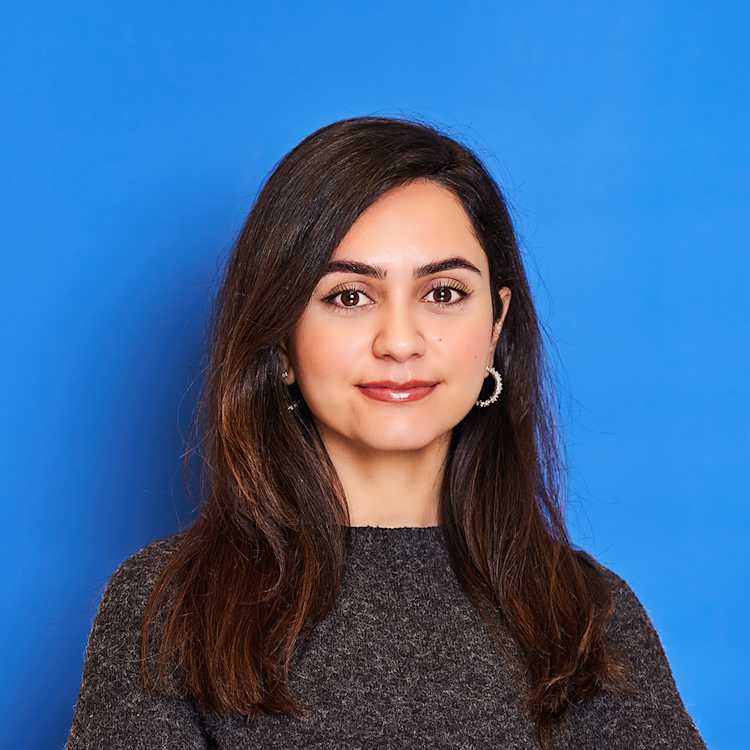- Startseite
- Forschung & Transfer
- Forschungsprojekte
- Explaining Middle-Power Engagement in External Regions: A Comparison of Iranian, Saudi, and Turkish Sub-Saharan Africa Policies
Explaining Middle-Power Engagement in External Regions: A Comparison of Iranian, Saudi, and Turkish Sub-Saharan Africa Policies
By means of a comparative historical analysis of Iranian, Saudi-Arabian, and Turkish engagement in Africa following the continent’s decolonization processes and running up until 2020, this project seeks to make sense of middle-power engagement in external regions. First, the project will identify the periods of shifting IST engagement in Africa. Second, it will analyze the reasons why, and the conditions under which, IST have stepped up—or reduced—their foreign policy efforts in Africa. Third, it will develop mid-range generalizations on middle-power engagement in external regions.
DFG, 2022-2025
Team
Forschungsfragen
By means of a comparative historical analysis of IST engagement in sub-Saharan Africa following the continent’s decolonization processes after World War II and running up until the end of 2020, this project seeks to make sense of middle-power engagement in external regions. It focuses on three objectives to this end: First, the project will identify—and define—the periods of shifting IST engagement in Africa in the chosen era. Second, it will analyze the reasons why, and the conditions under which, IST have stepped up—or reduced—their foreign policy efforts in Africa. Third and finally, it will develop mid-range generalizations on middle-power engagement in external regions, ones which can subsequently be applied to cases elsewhere.
Beitrag zu internationaler Forschung
Why do middle powers engage in external regions? Although regions have become defining elements of international politics, and despite middle powers now being considered key actors in today’s multipolar international system, extant theoretical studies on middle powers offer only limited and inconsistent answers as to why they embark on comprehensive strategic foreign policies toward a given external region or, contrariwise, choose to significantly downgrade their foreign policy endeavors. There is thus a notable research gap on a topic that has gained greatly in importance of late, and one that comes with significant real-world implications.
Forschungsdesign und Methoden
To achieve these objectives, the research team will first analyze quantitative and qualitative data to gauge the values for the three indicators selected to detect the periods of shifting IST engagement in Africa: diplomatic activities; endeavors in selected policy areas, including security, economic, cultural, and aid relations; and, security strategies related to Africa. Based on the so-established periodization, we will then analyze the reasons and conditions for any increased IST engagement. We will do so by focusing on two periods of heightened engagement in one African subregion for each IST state, including three years preceding and three years succeeding the respective time periods. Using the method of structured, focused comparison in combination with process tracing, we will contrast the periods of heightened IST engagement within and between cases. Importantly, this comparative analysis will be conducted along, and geared toward assessing, three sets of assumptions derived from the theoretical literature, and conveniently grouped into three categories: domestic, systemic, and status factors driving middle-power engagement. Toward the end of the project, these assumptions—whose explanatory power will have been tested and revised over the course of this exploratory study—will be further systemized and made applicable to other cases elsewhere.










